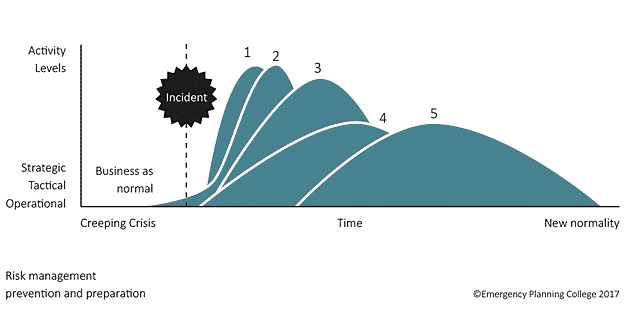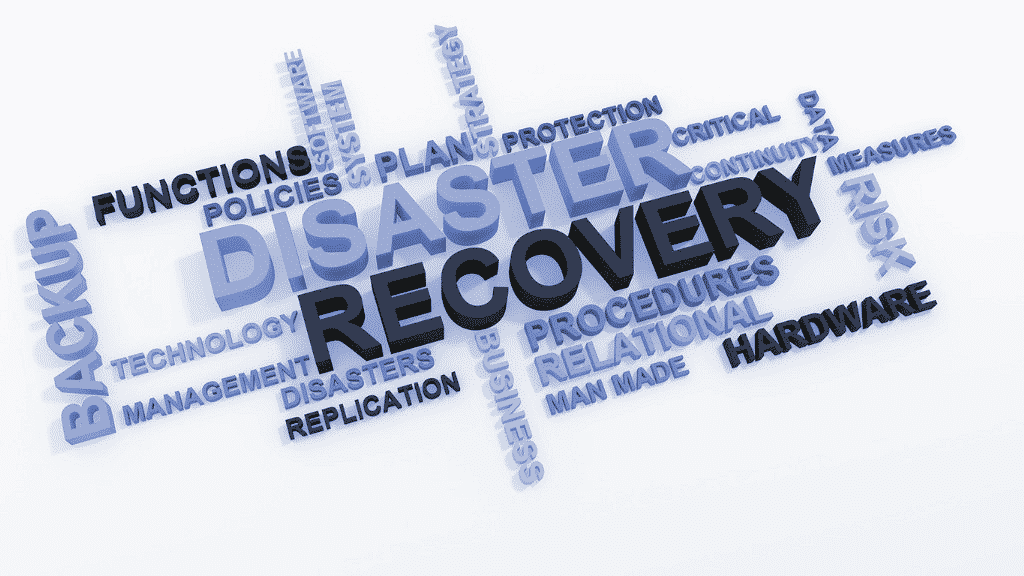Business Continuity Plans
Business Continuity Plans: Why You Need One
Business continuity plans or business continuity management systems are no longer a luxury. Are you ready or can you afford to have your business operations disrupted or shutdown completely? Business continuity plans and management systems are not simple but they provide a survival framework for your business when it is threatened by an external force. Organizational resilience should be a built into your business continuity plan and it is a key element of all of the ones that we create. We use scenario-based simulation modeling to ensure that your plan prepares you–to the greatest extent possible–for the likeliest disruptions specific to your business only. Why risk lost revenue, lost time, disrupted operations, business closure, and loss of customers? Let us help you develop a business continuity plan or a business continuity management system.
We create custom Business Continuity Plans for businesses of all sizes. Best practices analysis and assessment is used in the context of developing a resilient, updatable plan.
Contact us and we will show you that it is in fact easier to proactively develop a plan rather than to react to a disaster. Get a free consultation.
Business Continuity Plans
One out of every four businesses impacted by a disaster never reopens its doors? A business interruption can be as benign as a short power outage or as severe as a ransomware attack. Companies that are prepared to face all types of incidents—small or large—are more likely to stay in business. Business continuity planning enables you to create an easy-to-use, actionable business continuity planning solution to prepare for the impact of a broad range of threats including natural disasters, disease outbreaks, accidents and terrorism.
CoMMUNICATION With a Purpose…
Our professional writing services ensure that your words are communicated in your voice–clearly and engagingly.
CONTACT US
DON’T RISK A FAILED PRESENTATION!
Our Services
Our planning services will include the following items, among others, for each of these services. We will employ them, as appropriate, in each project. The depth of our evaluations is what differentiates us from other vendors.
Business Continuity Plan Services
Business Continuity Plans
Purpose: Documentation of how your business processes will be sustained during and after a significant disruption. Our Plans include, as appropriate:
- Business Impact Analysis
- Gap Analysis
- Risk Assessment
- Scenario Simulation
- Response Planning
- Recovery Planning and Methods
- Roles and Responsibilities
- Test Requirements and Methods
- Subject Matter Expert
Business Impact Analysis
Purpose: To understand which processes in your business are vital; and to understand the impact disruption of these processes would have on your business. Our analysis includes, as appropriate:
- Functional/Nonfunctional Business Requirements
- Business Process Use Cases
- Maximum Tolerable Disruption
- Simulation Modeling
- Sensitivity Analysis
- Analysis of Disruption Impacts
- Recovery Time Requirements
- Recommendations
Get in Touch to Find Out How We Can Help
Business Continuity Management Systems
Purpose: Holistic management process that identifies potential threats to an organization and the impacts to business operations those threats, if realized, might cause, and which provides a framework for building organizational resilience with the capability of an effective response that safeguards the interests of its key stakeholders, reputation, brand and value-creating activities. (International Glossary for Resiliency).
A Business Continuity Management System (BCMS) integrates the disciplines of Emergency Response, Crisis Management, Disaster Recovery (technology continuity) and Business Continuity (organizational/ operational relocation).
What is ISO 22301?
ISO 22301, Security and resilience – Business continuity management systems – Requirements, is the world’s first International Standard for implementing and maintaining an effective business continuity plan. It enables an organization to have a more effective response and a quicker recovery, thereby reducing any impact on people, products and the organization’s bottom line.
Security and Resilience — Business Continuity Management Systems — Requirements
This document specifies the structure and requirements for implementing and maintaining a business continuity management system (BCMS) that develops business continuity appropriate to the amount and type of impact that the organization may or may not accept following a disruption.
The outcomes of maintaining a BCMS are shaped by the organization’s legal, regulatory, organizational and industry requirements, products and services provided, processes employed, size and structure of the organization, and the requirements of its interested parties.
The requirements specified in this document are generic and intended to be applicable to all organizations, or parts thereof, regardless of type, size and nature of the organization. The extent of application of these requirements depends on the organization’s operating environment and complexity.
Floods, cyber-attacks, IT breakdowns, supply chain issues or loss of skilled staff are just some of the possible threats to the smooth running of an organization.
Download this free publication about ISO 22301, the International Standard for implementing and maintaining effective business continuity plans, systems and processes.
Business Continuity Management System Benefits
The purpose of a BCMS is to prepare for, provide and maintain controls and capabilities for managing an organization’s overall ability to continue to operate during disruptions. In achieving this, the organization is:
From a business perspective:
- Supporting its strategic objectives;
- Creating a competitive advantage;
- Protecting and enhancing its reputation and credibility;
- Contributing to organizational resilience;
From a financial perspective:
- Reducing legal and financial exposure;
- Reducing direct and indirect costs of disruptions;
From the perspective of interested parties:
- Protecting life, property and the environment;
- Considering the expectations of interested parties;
- Providing confidence in the organization’s ability to succeed;
From an internal processes perspective:
- Improving its capability to remain effective during disruptions;
- Demonstrating proactive control of risks effectively and efficiently;
- Addressing operational vulnerabilities.
Resilient Businesses and Agile Organizations According to NIST
Resilience requires an organization to have the capacity for agility. In addition, resilience addresses the capacity for addressing unanticipated, sudden disruptions. Agility is about the organization. Resilience is about the organization, people, and communities. Resilience addresses not only the ability to make change, but also the ability to bounce back and bounce forward. Resilience is about balancing the short-term needs caused by sudden disruptions and also focusing on the long-term opportunities.
Organizational resilience is a way of being that builds agility into the organization’s DNA. Organizational resilience has a short-term focus and a long-term focus. Agility alone can hurt organizational resilience. Moving too quickly can result in change that negatively impacts the long-term. Resilience could negatively impact short-term profits or budgets because it might require building some redundancy and options into organizational work systems, an “anti-lean” approach.
Resilience is about achieving an agile organization that casts a wider net to seek potential, and otherwise unanticipated, disruptions. Resilience is not just about disruptive change, but also seeking long-term benefit for the organization and its diverse stakeholders.
Assessing Uncertainty

There are a number of methods used, the most valuable of which is likely scenario-based simulation modeling. One example might be use of a situational awareness model in a cybersecurity setting. Mitigation scenarios need to be determined and simulated so that a disaster team is ready to face disaster. Using situational awareness model and a tabletop exercise, analysts can establish cyberdisaster risk priority and assess a team’s preparedness for dealing with a cyberdisaster. The situation awareness model can be divided into two stages: awareness of cyberdisaster situations and tabletop evaluations. This is but one example of how such modeling can be used.
Tell Us About Your Business Continuity Requirements
Contact us and we will show you that it is in fact easier to proactively develop a plan rather than to react to a disaster.

